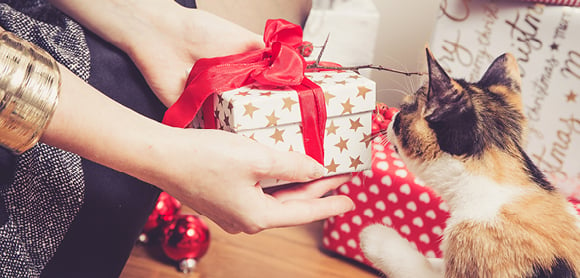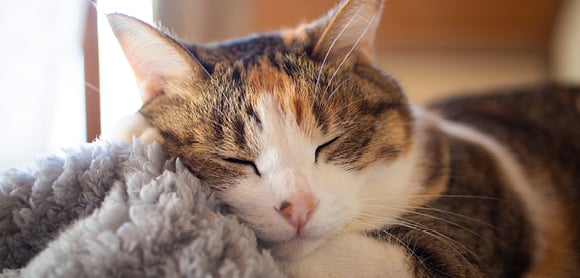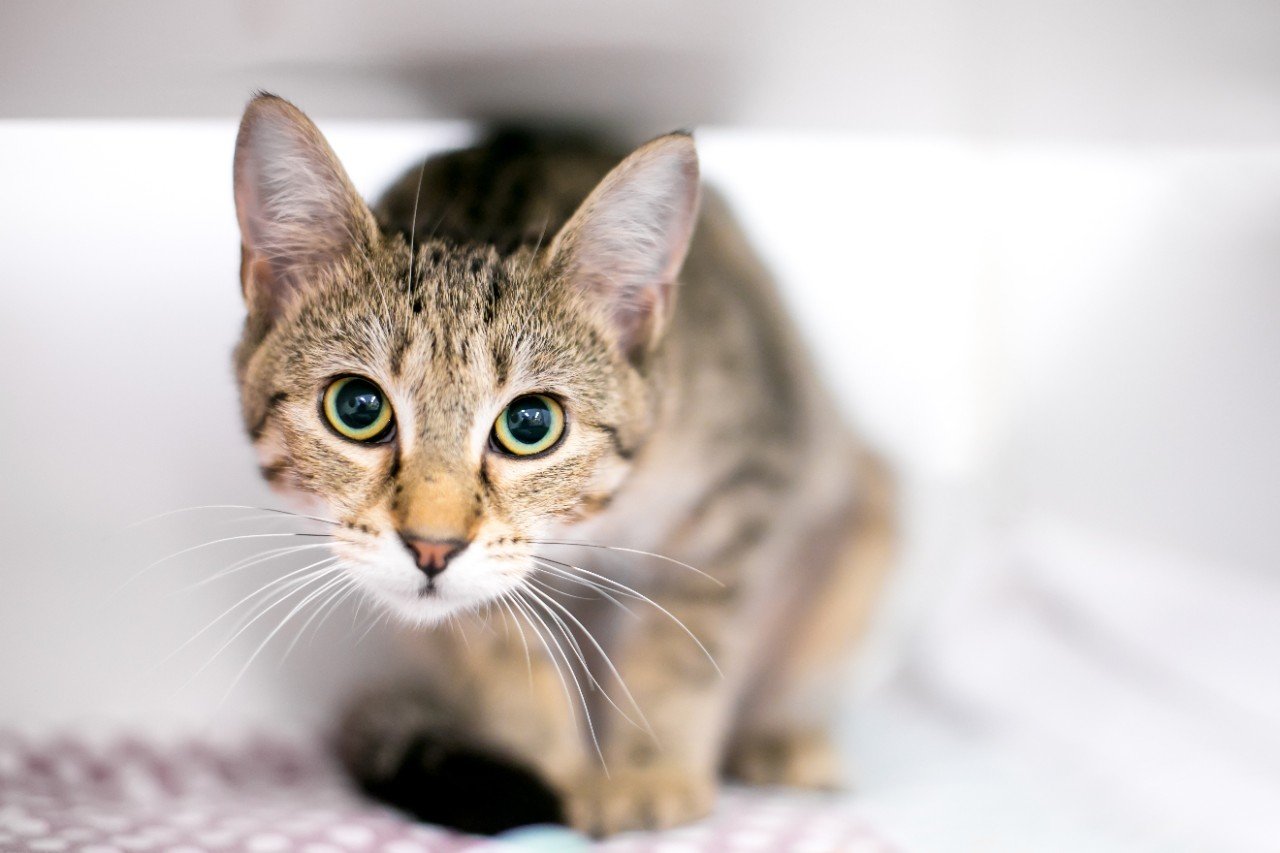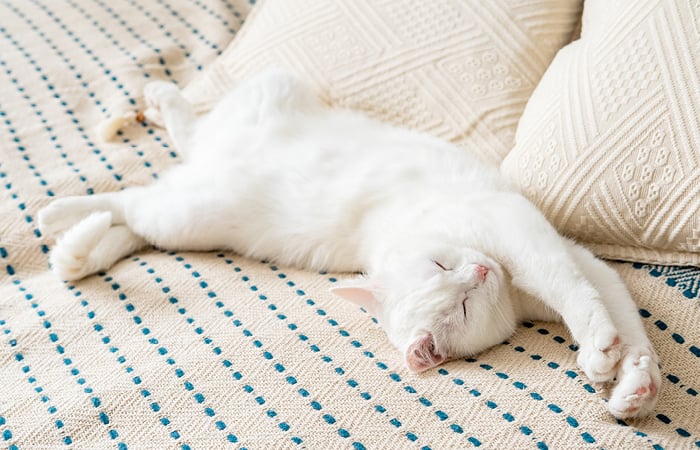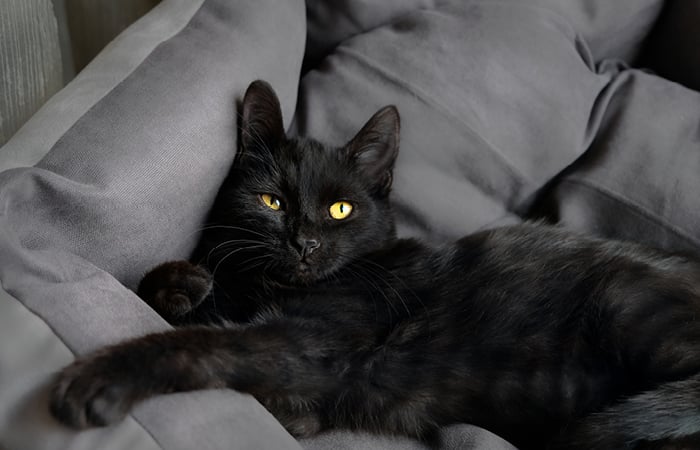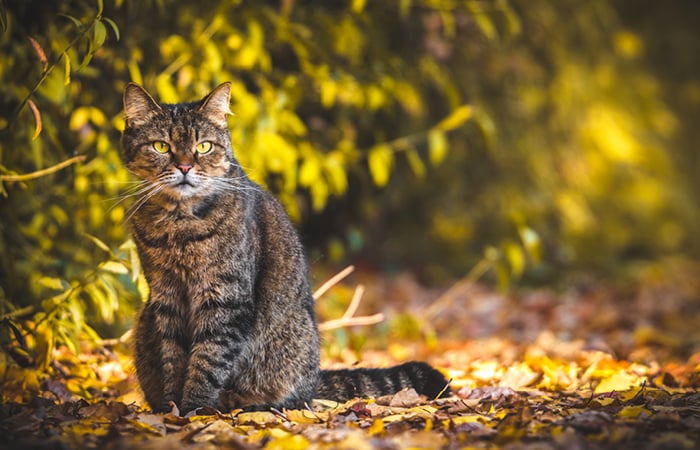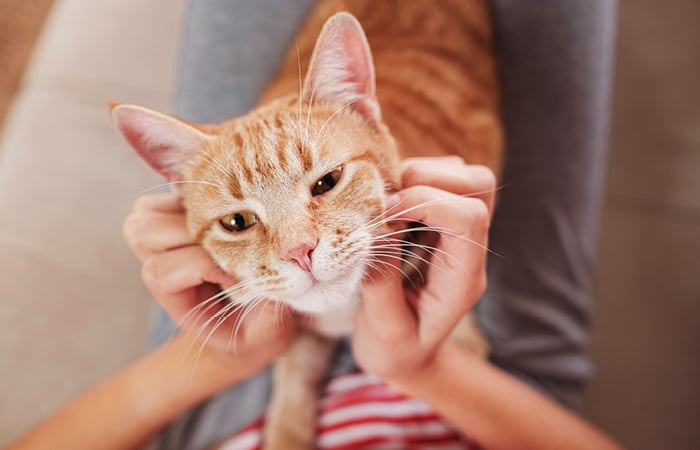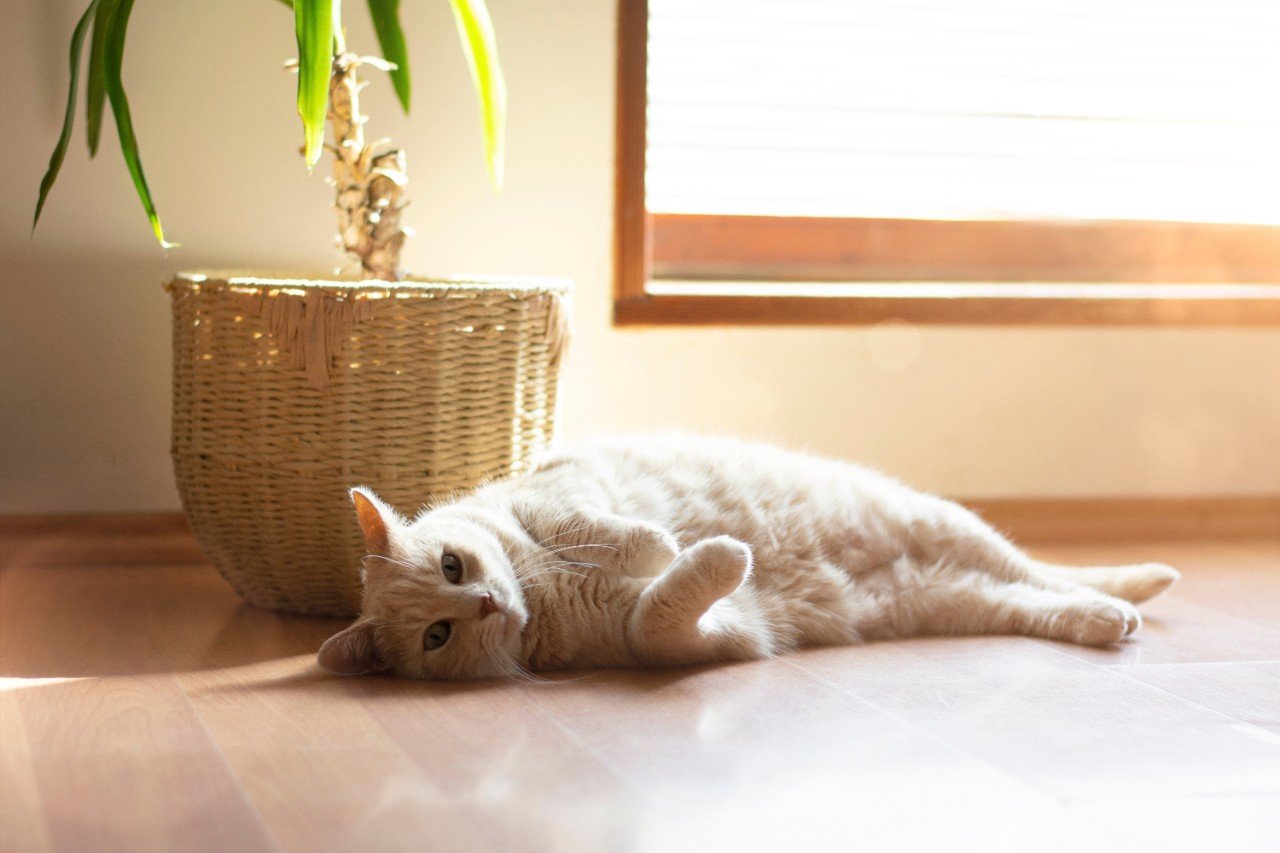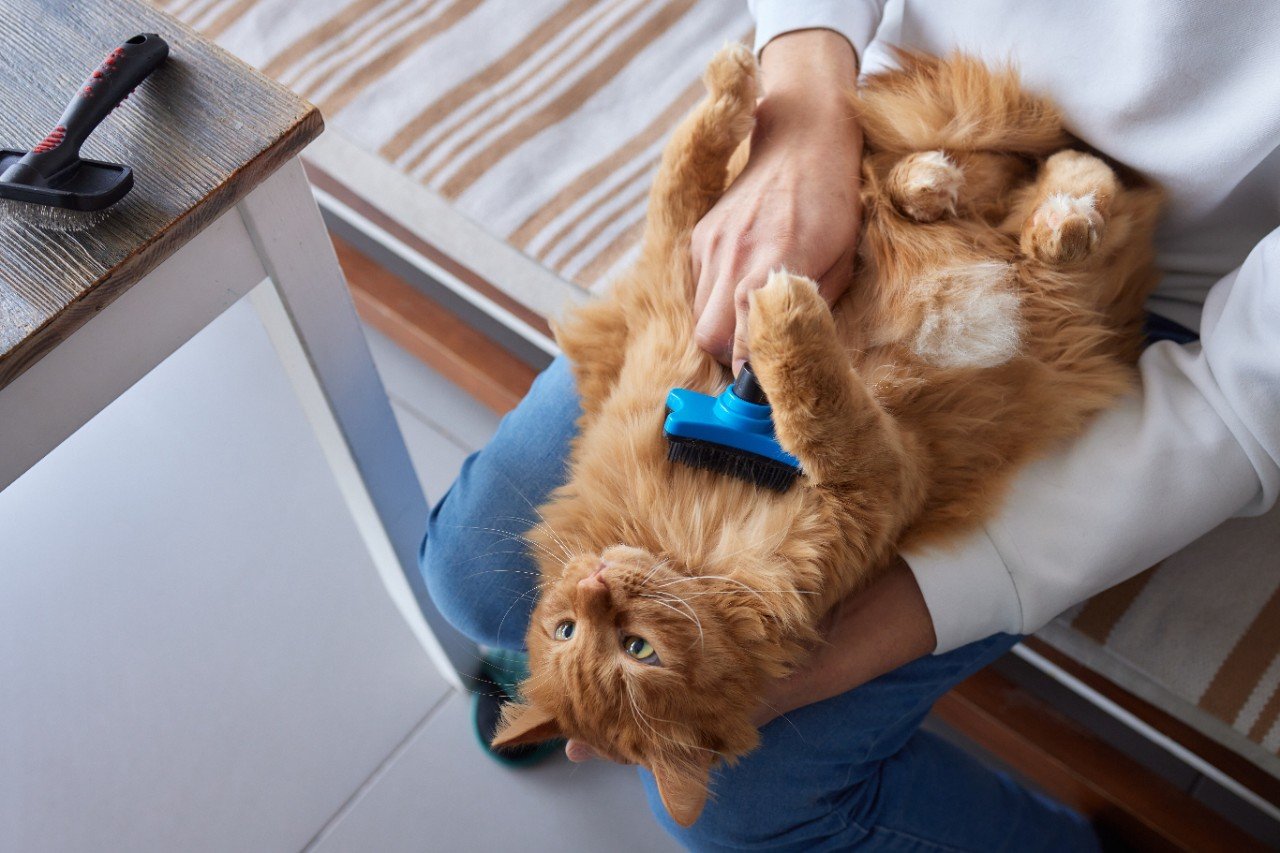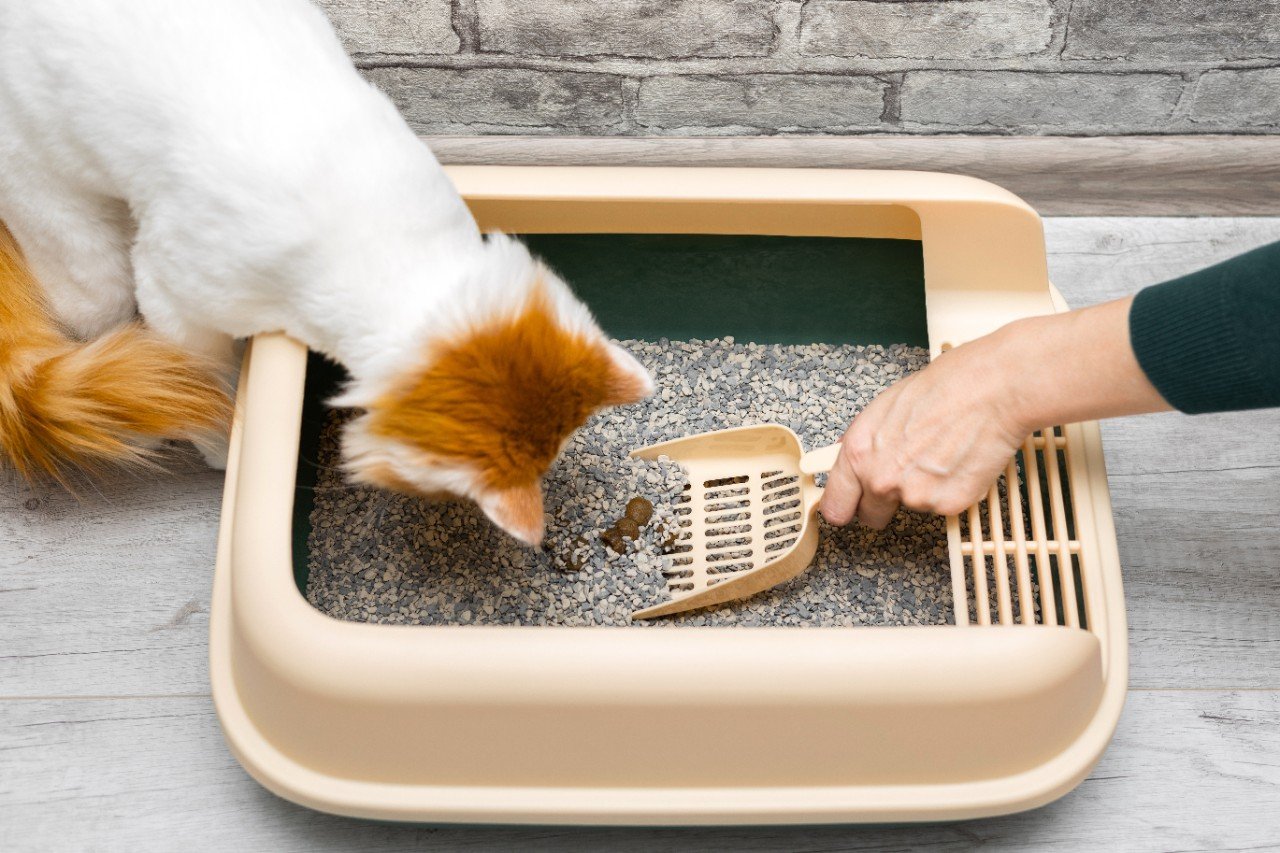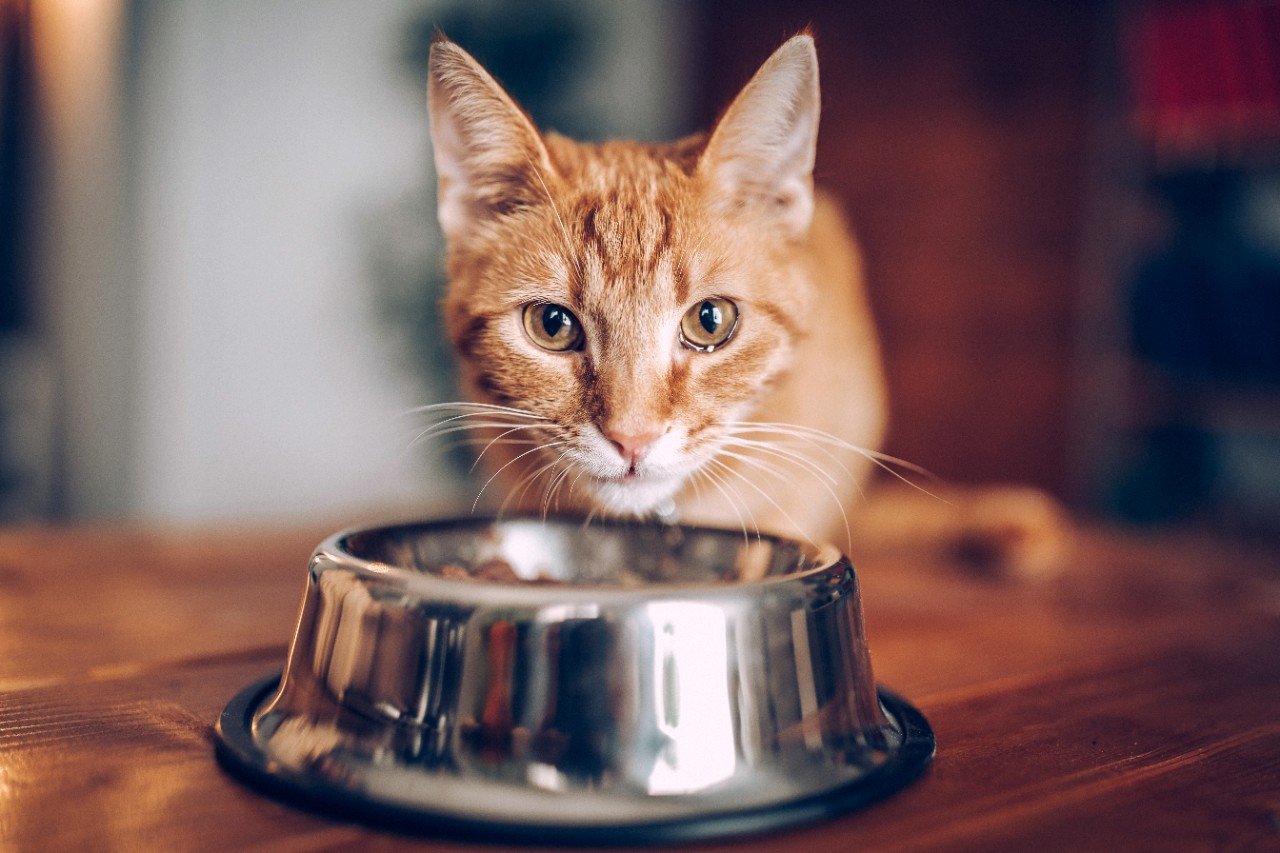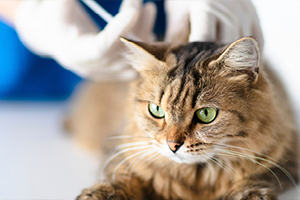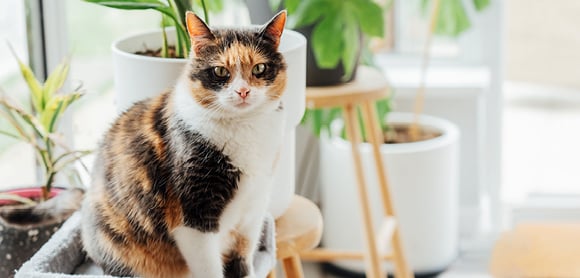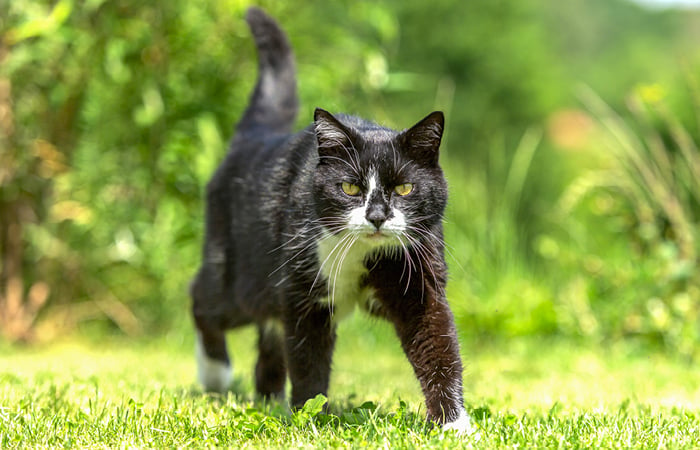Plants poisonous to cats

Quick Links
Toxic plants for cats
A lot of indoor and outdoor plants are poisonous to cats. While not a definitive list, we've identified some of the most common ones to look out for.
If a plant you’re concerned about isn’t on this list, ask your vet for advice. If you havecat insurance with Petplan, you can also use the Pet Expert Chat feature to connect with vet professionals, 24/7. Log in to your My Petplan account and go to the MySupport area to access advice.

Indoor plants poisonous to cats
Agave |
Pencil cactus |
Pothos |
Alocasia |
Philodendron |
Rubber plant |
Aloe vera |
Poinsettia |
Schefflera |
Amaryllis |
Polyscias fabian (also known as ‘Polyscias scutellaria’, the ‘Shield aralia’, or ‘Plum aralia’) |
Snake plant |
Ant plant (also known as ‘Hydnophytum’) |
Fishtail palm |
Tradescantia (also known as ‘Spiderwort’) |
Anthurium |
Gladioli bulb |
Weeping fig (also known as the ‘Ficus benjamina’) |
Arrowhead vine |
Homalomena rubescens (also known as ‘Maggy’) |
Yesterday, today and tomorrow (also known as ‘Brunfelsia pauciflora’) |
Asparagus fern |
Hyacinths bulb |
Yucca |
Begonia |
Iron cross begonia |
Zanzibar gem (also known as ‘Zamioculcas zamiifolia’) |
Bird of paradise |
Jade plant |
Pencil cactus |
Caladium |
Kalanchoe |
Philodendron |
Calla lily |
Moreton Bay chestnut (also known as ‘Castanospermum’) |
Poinsettia |
Cheese plant |
Peace lily |
Polyscias fabian (also known as ‘Polyscias scutellaria’, the ‘Shield aralia’, or ‘Plum aralia’) |
Chinese evergreen |
Fishtail palm |
Pothos |
Clusia |
Gladioli bulb |
Rubber plant |
Coleus |
Homalomena rubescens (also known as ‘Maggy’) |
Schefflera |
Cyclamen |
Hyacinths bulb |
Snake plant |
Cycad (all varieties including the Sago palm and Fern palm are extremely poisonous) |
Iron cross begonia |
Tradescantia (also known as ‘Spiderwort’) |
Dracaena |
Jade plant |
Weeping fig (also known as the ‘Ficus benjamina’) |
Dumb cane |
Kalanchoe |
Yesterday, today and tomorrow (also known as ‘Brunfelsia pauciflora’) |
English ivy |
Moreton Bay chestnut (also known as ‘Castanospermum’) |
Yucca |
Fiddle-leaf fig |
Peace lily |
Zanzibar gem (also known as ‘Zamioculcas zamiifolia’) |

Outdoor plants poisonous to cats
Azalea |
Juniper |
Autumn crocus |
Lilies – all varieties |
Chrysanthemum |
Lily of the valley |
Daffodils |
Nicotiana |
Delphinium |
Oleander (also known as ‘Rosebay’ or ‘Nerium oleander’) |
Flame lily (also known as ‘Gloriosa superba’) |
Rhododendron |
Foxglove |
Rhubarb |
Fritillary |
Tomato plant |
Garden star-of-Bethlehem (also known as ‘Ornithogalum umbellatum’) |
Tulips |
Hyacinth |
Vinca minor (commonly known as the ‘Periwinkle’) |
Will cats eat poisonous plants?
Most cats will sniff plants first, and tend to avoid eating any plants except the occasional bit of grass. But others may decide to play with foliage and take an exploratory bite. If the plant is poisonous, this can cause problems for your cat which can range in severity depending on how much of the plant is eaten.
The pollen and leaves of some plants can also cause contact irritation or allergies, so your cat may have a reaction if they’ve brushed against the plant, or got pollen on their fur – which can also cause them to accidentally ingest poisonous substances while grooming.
Symptoms of plant poisoning in cats
- If you’re concerned your cat has ingested or come into contact with a poisonous plant, these are the symptoms to watch out for. Remember that your cat might only show one or two symptoms, including:
- Itching
- Swelling
- Red or watery eyes
- Lethargy
- Vomiting
- Breathing difficulties
- Drooling
- Diarrhoea
- Lack of appetite
- Excessive drinking
- Frequent urination
- Seizures
- Tremors
- Pale gums
- Collapse
- It’s always best to ask your vet for advice, as swift treatment will help lead to a better recovery. If you think your cat has eaten a poisonous plant, look for signs that a leaf has been chewed off, or for pollen on their coat. Knowing which plant your cat has eaten or come into contact with will help your vet decide on what treatment they nee
Cat-safe plants
Indoor plants that are not poisonous to cats
If you’re looking for indoor plants you can keep safely alongside your cat, these are some of the best to choose:
Aeschynanthus japhrolepis |
Maidenhair fern |
Aspidistra |
Money tree |
Boston fern |
Musa dwarf cavendish |
Bromeliad |
Orchids |
Calathea |
Parlour palm |
Chinese money plant |
Peperomia |
Christmas cactus |
Phlebodium aureum |
Coconut palm |
Rex begonia vine |
Crocodile fern |
Sedum |
Delosperma echinatum |
Spider plant |
Fishbone cactus |
String of hearts |
Hoya |
Stromanthe |
Kentia palm |
Zebra plant |
Outdoor plants that are not poisonous to cats
Looking to create a cat-safe garden? Here are some recommendations to get you started:
African daisy |
Lilac |
Alyssum |
Magnolia |
Buddleia |
Nasturtium |
Calendula |
Petunias |
Camellia |
Roses |
Cosmos |
Rosemary |
Echinacea |
Sunflowers |
Freesia |
Violets |
Gerbera |
Zinnia |
Hawthorn |
Poisonous plant FAQs
Are lilies poisonous to cats?
Lilies are extremely poisonous to cats, and all parts of the leaves, flowers, and pollen can be dangerous if ingested or even just licked by your cat. The water that lilies have been standing in can also be toxic.
Cats aren’t often interested in eating lilies, but may get pollen on their fur which they then lick off when grooming. Coming into contact with any part of a lily can cause kidney failure, so urgent vet care is needed.
Are daffodils poisonous to cats?
Are roses poisonous to cats?
Petplan is a trading name of Pet Plan Limited (Registered in England No. 1282939) and Allianz Insurance plc (Registered in England No. 84638), Registered office: 57 Ladymead, Guildford, Surrey GU1 1DB.
Pet Plan Limited is authorised and regulated by the Financial Conduct Authority. Financial Services Register No. 311969. Allianz Insurance plc is authorised by the Prudential Regulation Authority and regulated by the Financial Conduct Authority and the Prudential Regulation Authority. Financial Services Register No. 121849. Pet Plan Limited is a subsidiary of Allianz Insurance plc.
